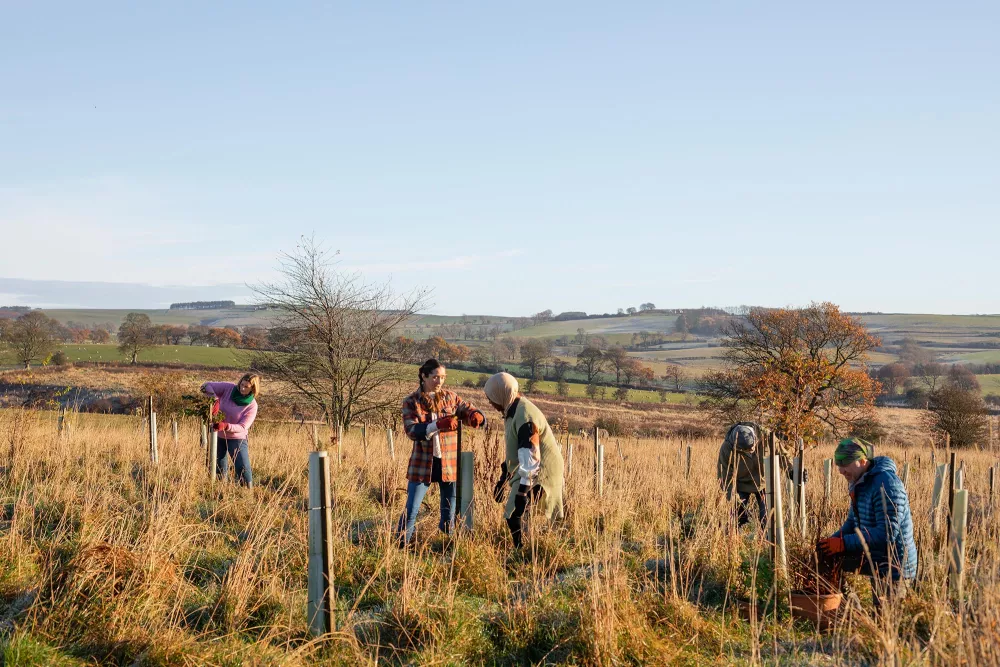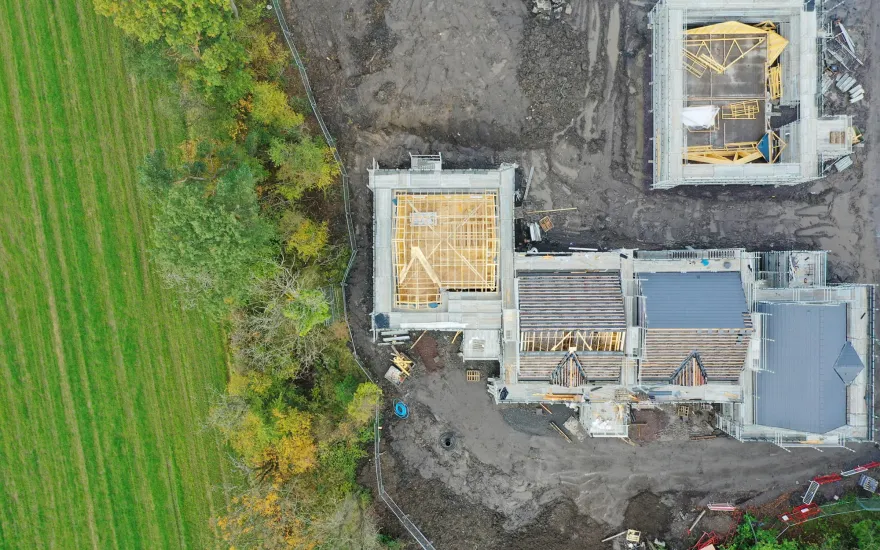Now live: The 2025 Canopy Report. Learn how Americans see trees. GET THE REPORT
Bulletin
How to Grow a Great Tree Board
Tree boards are an essential component of the Tree City USA program. They can be a great asset to any community that values its trees. An effective tree board can assist professional arborists and city foresters, serve as an advocate for trees, and help residents and businesses in the community understand and appreciate the benefits of maintaining trees.

A well-organized tree board provides immeasurable service to the community today and its citizens of the future.
The number of American communities that receive a Tree City USA award each year is a good indication of the interest that citizens and city officials have in the trees that grace their streets, parks and yards. In these progressive communities, tree planting and care is recognized as essential for protecting and enhancing investments in the green infrastructure. In all cases, tree boards play an important role.
Tree boards go by many names, including commissions, councils, and committees. But their potential for service is universal, and they are needed in communities of all sizes. Their activities range from simply conducting an Arbor Day program once a year to serving regularly as a quasi-judicial body for tree-related disputes. Importantly, when a community is large enough to have employees to look after its tree resource, the role of a tree board is to compliment, not replace professional leadership.
From his association with tree boards over the years, retired community forestry administrator Roger Blanchard of Moscow, Idaho, says there were many ways the board contributed to success of the urban forestry pro¬gram in his city. “In my case, where I was pretty much the only staff, the board provided a great support group. If I had an issue, I could take it to the board members to help me work through it. They also helped complete an inventory, develop a management plan, and develop a tree guide. There is no way I could have done these things by myself.” Roger cites other functions provided by the board such as: providing advice on the general direction of the program; conducting outreach projects and developing good public relations; and giving citizen feed¬back on what is working or what needs to be changed.
An active tree board is the keystone between the citizenry on one side and elected officials and city employees on the other. If you are part of a board, we hope this issue of the bulletin will help you find ways to make your group the best it can be in serving your community. If you do not have a tree board, we hope these pages inspire you to become the spark that ignites action.
The end result of a great tree board is a great community forest.
In This Bulletin
Here’s what’s inside:
- The ‘Right’ Board Members – finding qualified people to sit on a community tree board
- Making It Clear – The Legal Authority – ensuring your tree board as responsibility, authority, and continuity
- Keeping Meetings Productive – ten techniques for a better tree board meeting
- Projects Keep Interest High – the importance of keeping your tree board active
- Building Capacity – maximizing impact through education and engagement
- More Help is Available – approaches to continuing education
